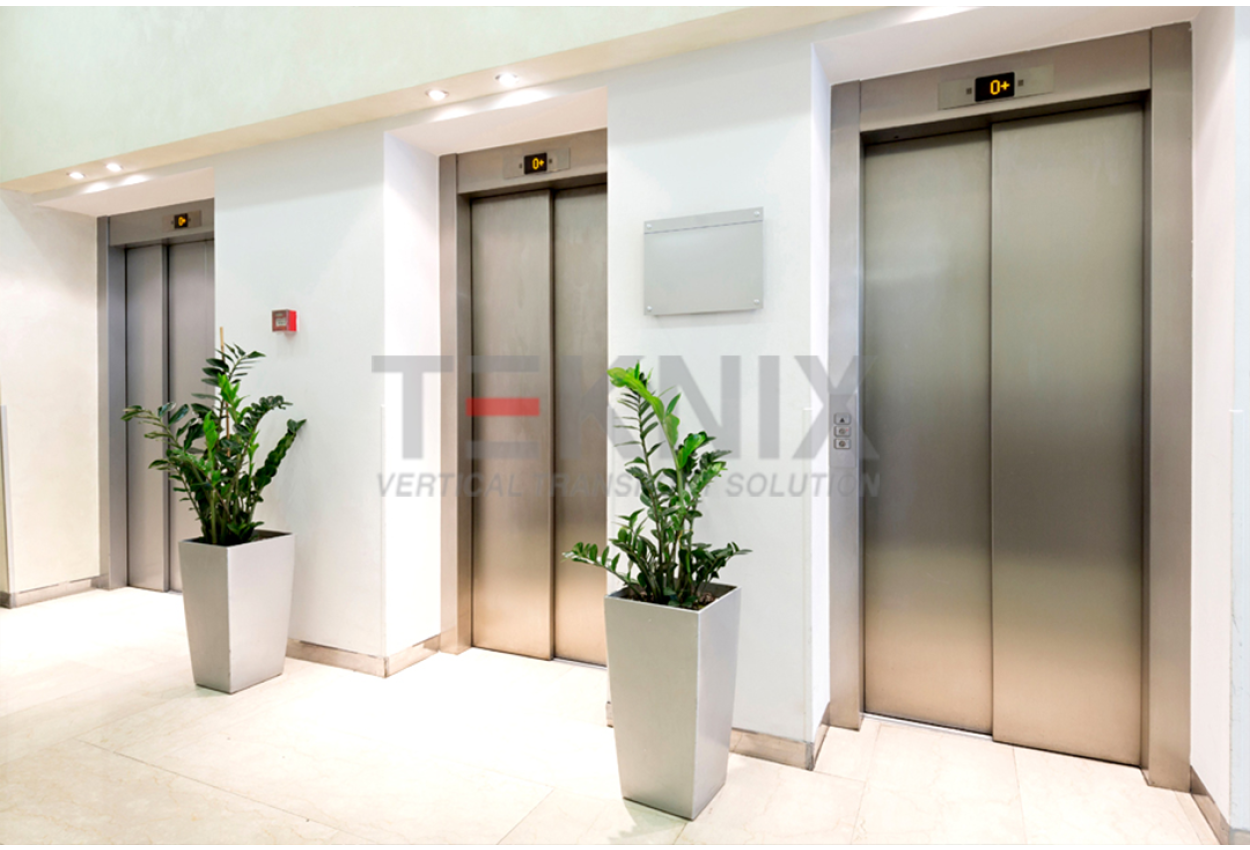Cost Effective Lift Repair Near Me: Professional Specialists at Your Service
Cost Effective Lift Repair Near Me: Professional Specialists at Your Service
Blog Article
Delving Into the World of Lifts: Usual Issues Faced by Different Lift Mechanisms
As we navigate with the vertical transport systems of modern-day buildings, lifts stick out as a vital part of our lives. However, behind their seamless procedure exists a globe of intricate devices that can in some cases encounter difficulties. From hydraulic elevators to grip systems and machine-room-less designs, each lift type features its set of typical concerns. Comprehending these challenges is critical for guaranteeing the smooth performance of these important systems. Allow's check out the complexities that underlie the procedure of elevators and the potential concerns that can emerge, clarifying the elaborate web of lift mechanisms.
Hydraulic Elevators
Hydraulic lifts, frequently chosen for low-rise buildings, make use of fluid stress to control the activity of the lift automobile (lift repair companies). This device includes a hydraulic pump pressing oil right into a cyndrical tube, creating the lift to relocate the desired direction. While hydraulic elevators are known for their smooth and silent procedure, they do include their own collection of usual concerns
One prevalent issue with hydraulic lifts is oil leak. Furthermore, concerns with the control system, such as faulty valves or a malfunctioning pump, can create disturbances in the lift's movement.
Regular maintenance and prompt fixings are essential to make sure the smooth functioning of hydraulic elevators. By attending to these usual problems proactively, structure proprietors can lessen downtime and ensure the safety and security and performance of their vertical transportation system.
Grip Lifts
When thinking about vertical transportation systems in structures, another common kind in addition to hydraulic elevators is the traction elevator. Grip lifts operate using a system of ropes and counterweights that move the lift auto by grasping onto the hoist ropes. This mechanism allows for smoother and quicker vertical transport contrasted to hydraulic systems.
Among the typical problems encountered by traction lifts is rope wear. The constant movement of the ropes within the traction system can bring about put on and tear with time, potentially creating the elevator to breakdown or come to be risky for usage. Normal inspections and upkeep of the ropes are vital to ensure the lift's appropriate performance and safety.
Another concern that grip lifts may run into is associated with the control system. Troubles with the control system can result in issues such as erratic activity, hold-ups in feedback times, or perhaps total shutdowns. Routine testing and maintenance of the control system are critical to avoid such issues and make sure the elevator's reliability.
Machine-Room-Less (MRL) Elevators
One of the crucial components of MRL elevators is the small gearless traction equipment that is installed within the hoistway. This device effectively drives the lift vehicle without the demand for cumbersome devices found in typical traction lifts. Additionally, MRL lifts normally use a weight system to stabilize the car, additional enhancing their power performance.
Regardless of their advantages, MRL lifts may deal with obstacles associated with repair and maintenance because of the constrained space for devices installation. Availability for servicing components within the shaft can be limited, requiring specialized training for specialists. Proper maintenance schedules and routine assessments are vital to guarantee the ongoing smooth operation of MRL elevators.
Overloading and Weight Limit Issues
Are elevators geared up to manage excess weight lots successfully and safely? Straining and weight limit problems are vital london lift company concerns in elevator procedures. Lift suppliers layout lifts with certain weight capacities to guarantee passenger security and tools long life. Surpassing these weight limitations can cause numerous problems, consisting of mechanical failings, hold-ups, and safety hazards.
When lifts are strained, it places extreme strain on the motor, cables, and various other components, potentially triggering malfunctions or malfunctions. If they spot excess weight, safety mechanisms such as sensors and overload sensors are in location to avoid elevators from relocating. Furthermore, going beyond weight restrictions can cause increased energy usage and damage on the elevator system.
To reduce overwhelming problems, constructing managers ought to prominently display weight limitations in lifts and enlighten passengers on the importance of adhering to these restrictions - lift repair companies. Regular upkeep checks by certified professionals can also aid ensure that elevators are operating within risk-free weight disabled platform lifts prices uk parameters. By resolving overloading and weight restriction issues proactively, building owners can boost elevator safety and security and efficiency
Electrical System Failings
Surpassing weight restrictions in lifts can not only lead to mechanical problems yet likewise potentially add to electric system failings within the lift facilities. Electrical system failures are a crucial concern in lift operation, as they can create unanticipated shutdowns, breakdowns, or even safety threats.
Moreover, power rises or changes in the electrical supply can likewise interrupt the lift's procedure, impacting its performance and security. These electrical disruptions can damage sensitive lift parts such as control board, circuit boards, or sensors, resulting in system failures. Routine upkeep and evaluations are critical to determine and address possible electrical concerns quickly, ensuring the efficient and risk-free operation of elevator systems. By adhering to weight limitations and carrying out regular electric system checks, building owners can mitigate the danger of electrical failings in elevators.
Verdict

Hydraulic lifts, usually preferred for low-rise structures, use fluid stress to regulate the movement of the elevator vehicle.When taking into consideration vertical transport systems in structures, one more usual type aside from hydraulic elevators is the grip elevator. Grip lifts operate using a system of ropes and counterweights that relocate the elevator vehicle by clutching onto the hoist ropes. Unlike traditional elevators that call for a different maker room to house the equipment, MRL elevators integrate most of the components within the shaft, getting rid of the requirement for a devoted equipment space.In conclusion, elevators deal with typical concerns such as hydraulic malfunctions, grip system failures, and electric system troubles.
Report this page